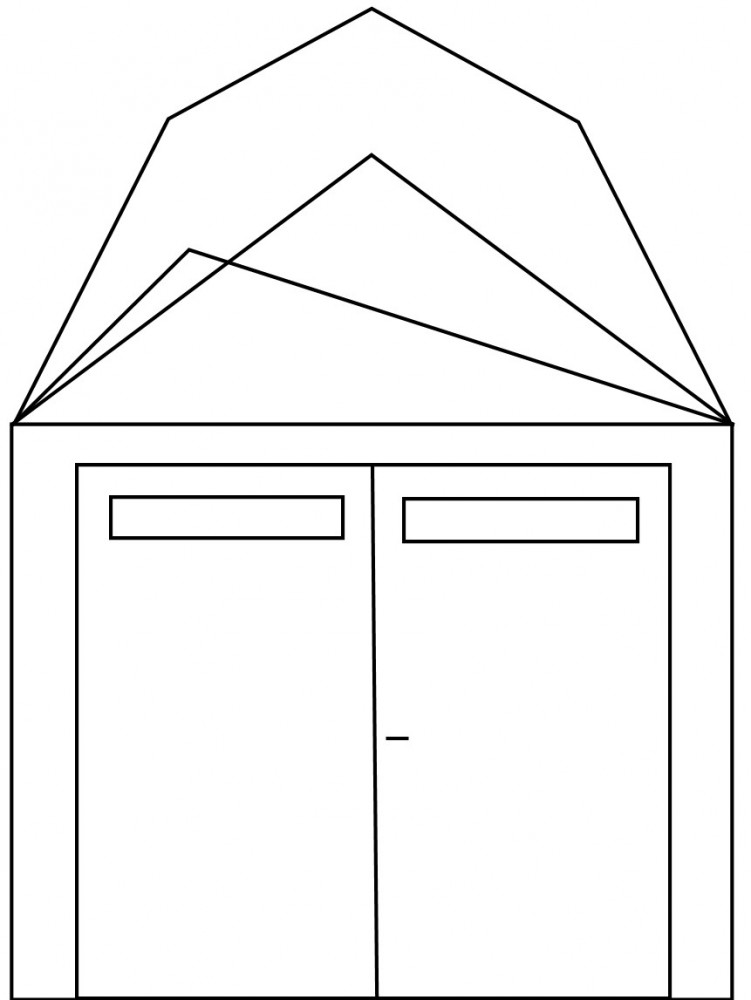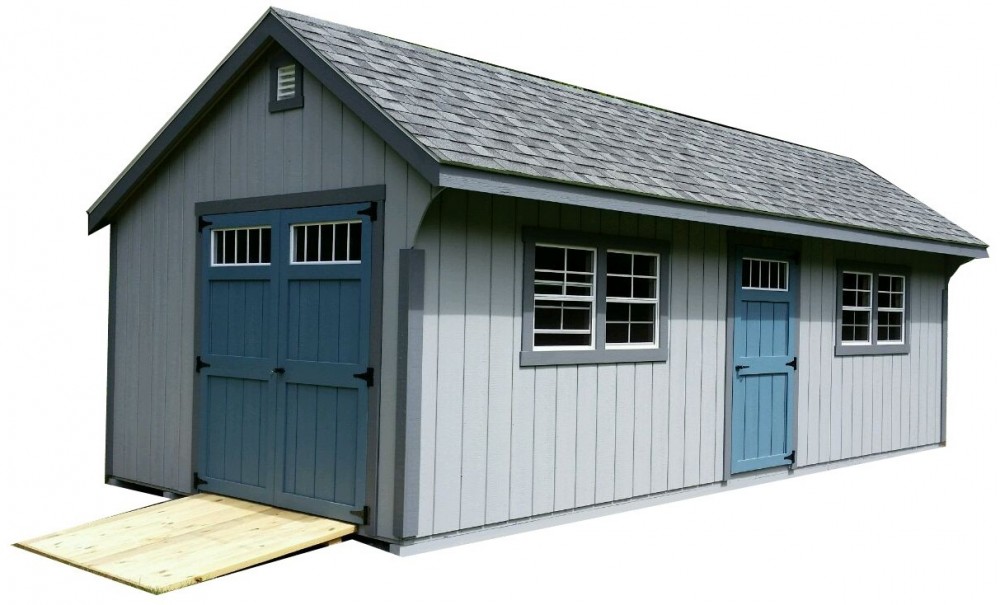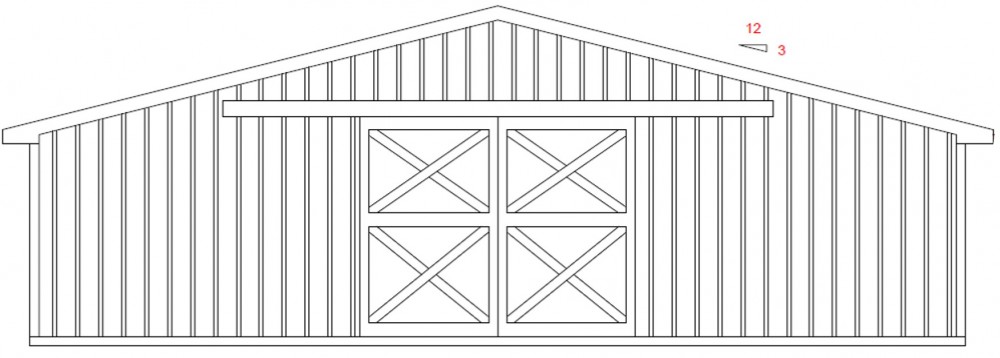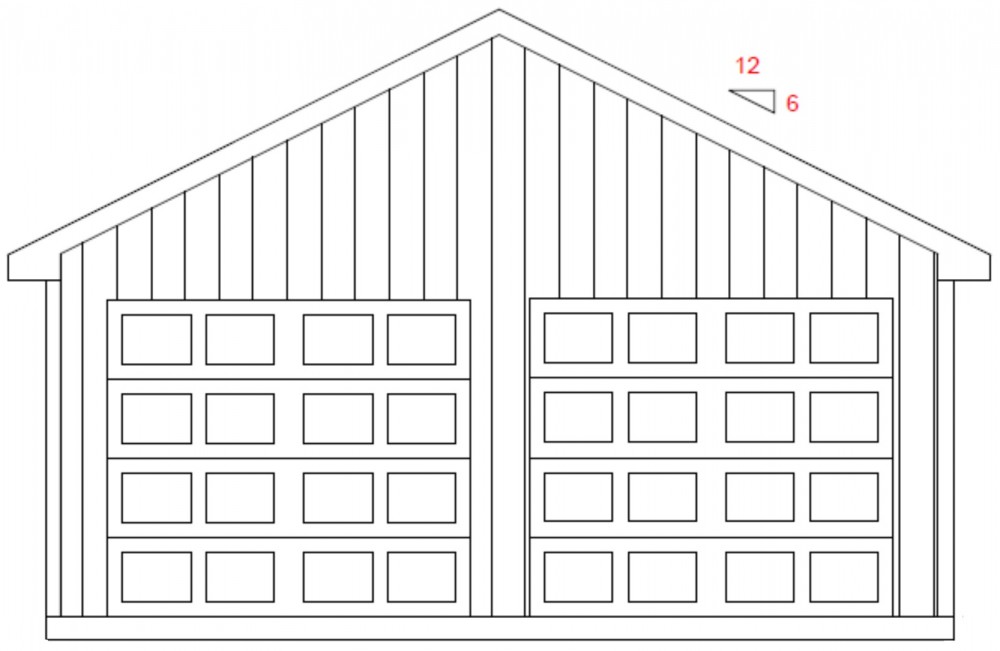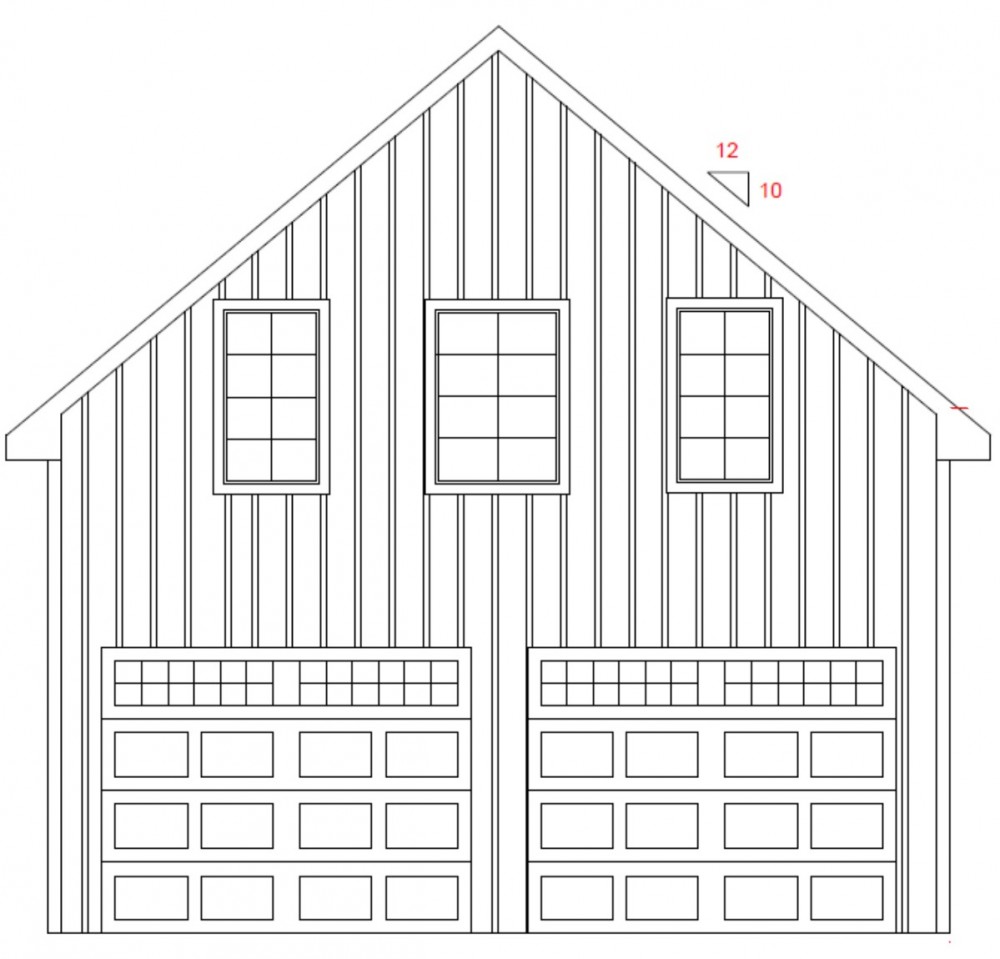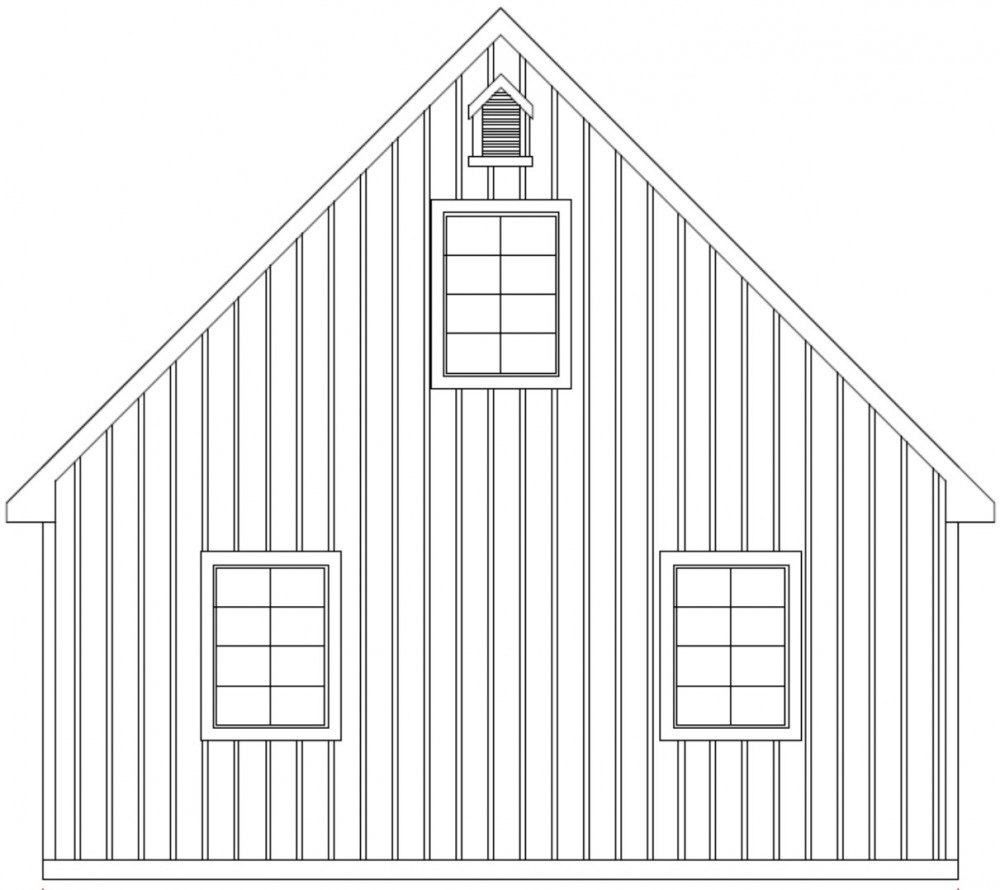Building Factoid: Roof Styles
There are many things to consider when choosing a roof line for a building. If you are looking for your structure to be symmetrical on the gable end you could go with an A-frame, Cape, Gambrel, Monitor, or Hip roof. If you would like to be able to place your doors on the soffit side of a building you may choose a Quaker style. Another aspect to think about in a cold climate is snow fall. Certain roof lines shed snow more easily than others. All of our buildings come standard with architectural shingles, you can always upgrade to a metal roof. Each of our vendors have their own version of each base style roof line. Let us help you decide with our building factoid: roof styles.
A-Frame/Cape –
The A-frame or Cape roof style is a classic look and a very popular style. It is a symmetrical roof line. It can 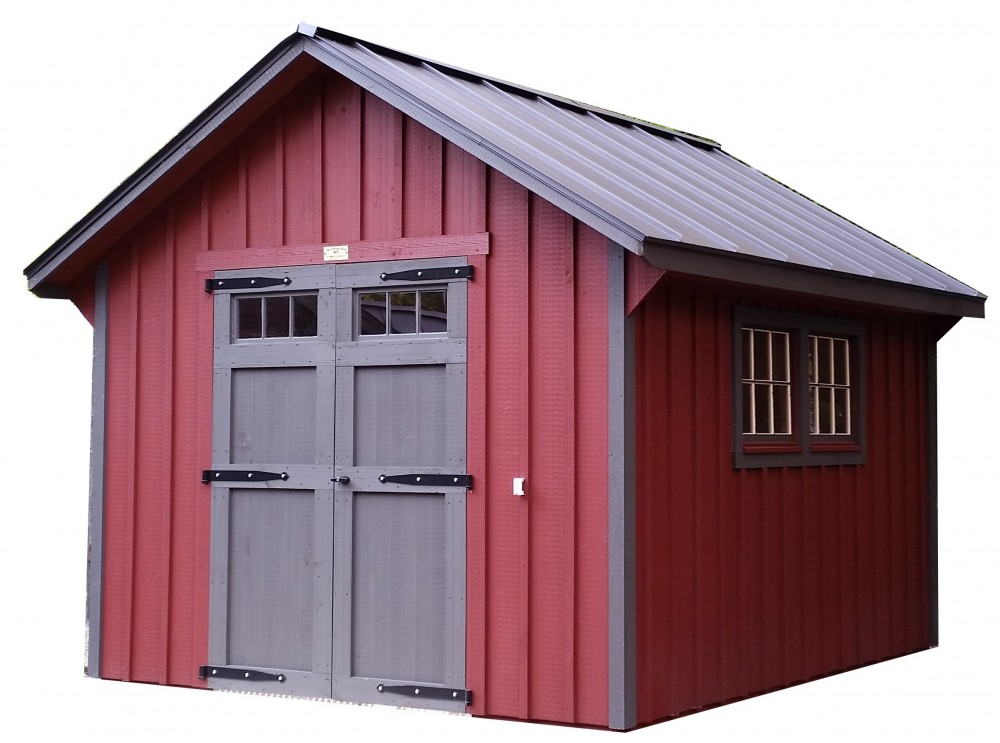 be anywhere from a 3 pitch all the way to a 12 pitch. People often like a steeper pitch in colder climates due to snowfall, the steeper the pitch the more likely the snow will fall
be anywhere from a 3 pitch all the way to a 12 pitch. People often like a steeper pitch in colder climates due to snowfall, the steeper the pitch the more likely the snow will fall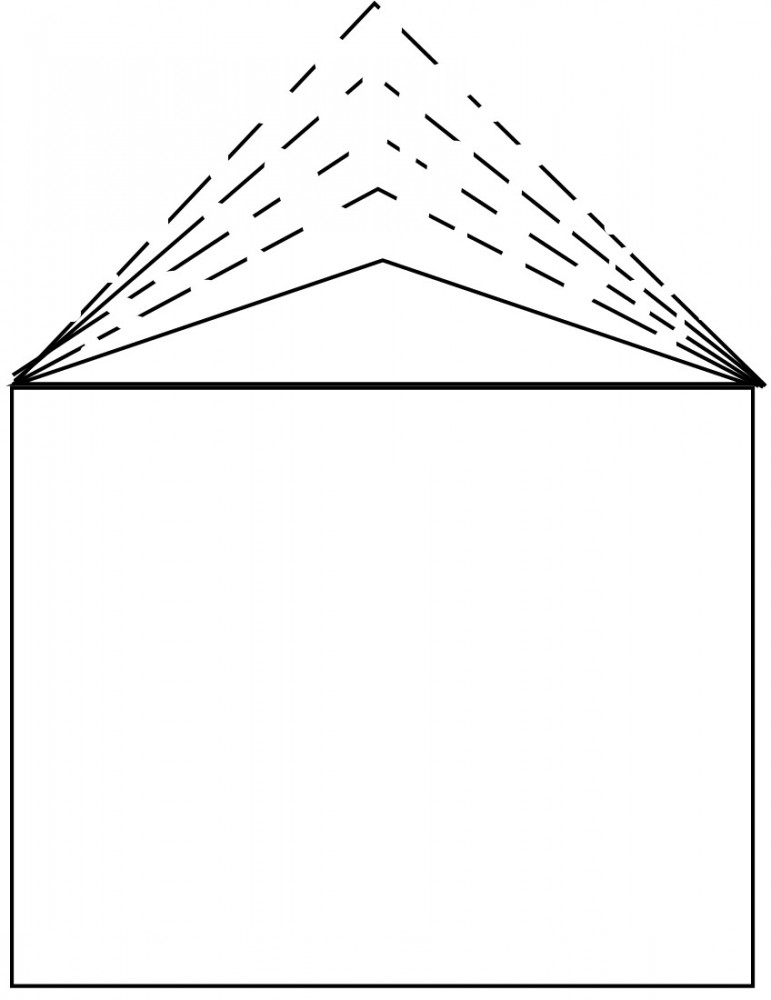 off the roof. A steeper pitch also gives you the option of having a loft in your building. Often times the side walls are heightened to allow for headroom under the loft. An A-frame or a Cape also looks great with dormers or extended overhangs. We have many different siding types and you can design where to put your doors and windows.
off the roof. A steeper pitch also gives you the option of having a loft in your building. Often times the side walls are heightened to allow for headroom under the loft. An A-frame or a Cape also looks great with dormers or extended overhangs. We have many different siding types and you can design where to put your doors and windows.
Gambrel –
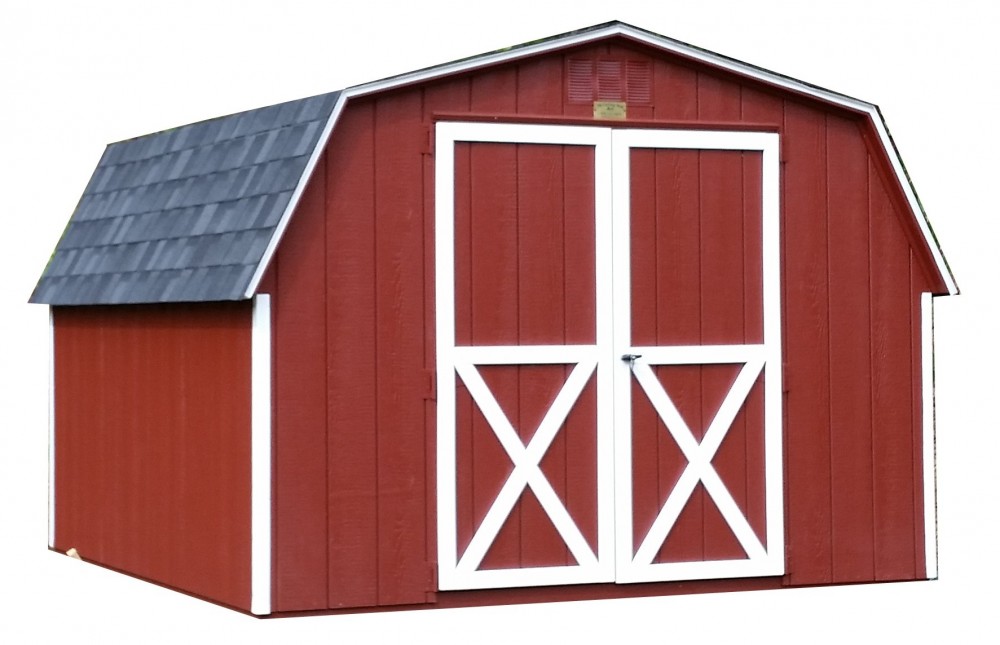 The Gambrel style roof line has two different slopes on each side. The part of the roof that meets at the peak is a shallower pitch, and the lower section is a much steeper pitch. If you are looking at the gable end of the building it is a symmetrical roof line. With the roof shaped this way it maximizes headroom. We offer a number of structures with a Gambrel roof line. The Mini Barn has shorter 4′ side walls. However, this style roof line allows for ample amount of head room. This type of building allows
The Gambrel style roof line has two different slopes on each side. The part of the roof that meets at the peak is a shallower pitch, and the lower section is a much steeper pitch. If you are looking at the gable end of the building it is a symmetrical roof line. With the roof shaped this way it maximizes headroom. We offer a number of structures with a Gambrel roof line. The Mini Barn has shorter 4′ side walls. However, this style roof line allows for ample amount of head room. This type of building allows 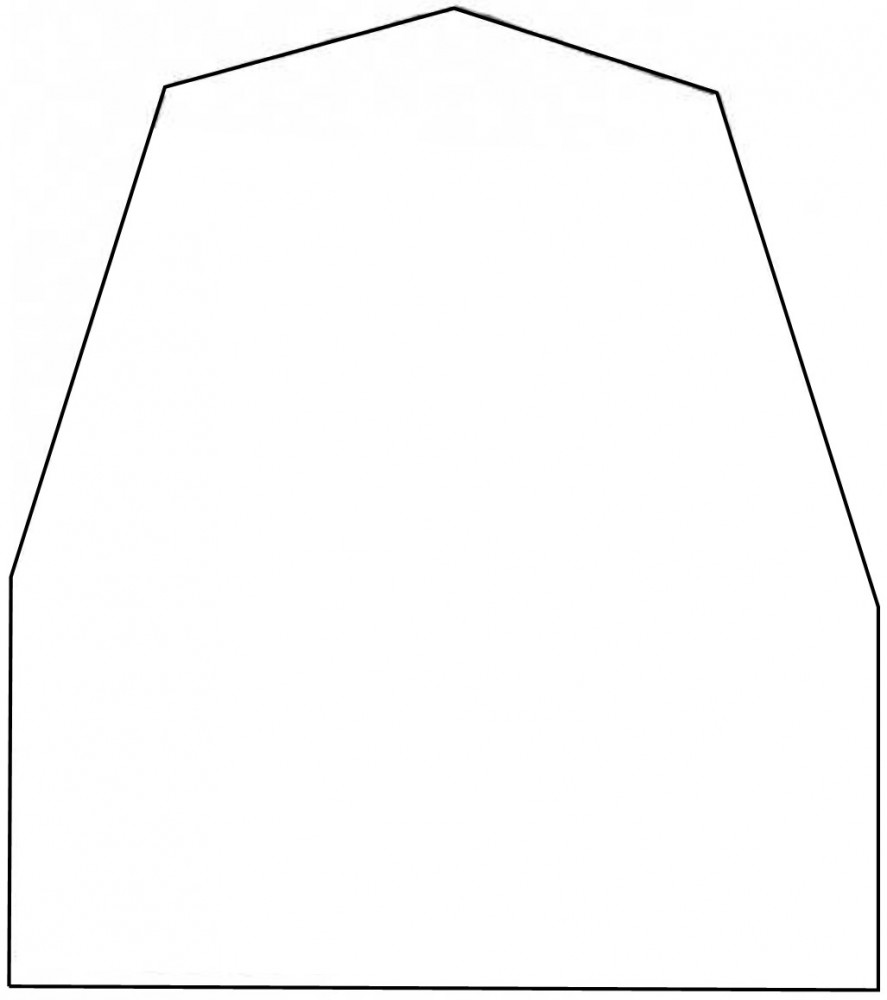 for the doors to be placed only on the gable end of the building. If you like the Gambrel but would like to have higher walls and perhaps a loft, a High Wall (6’6″) Dutch Barn is a great way to go. Often people will put double doors on the gable end and a single 3′ door on the soffit side of the building allowing multiple points of entry.
for the doors to be placed only on the gable end of the building. If you like the Gambrel but would like to have higher walls and perhaps a loft, a High Wall (6’6″) Dutch Barn is a great way to go. Often people will put double doors on the gable end and a single 3′ door on the soffit side of the building allowing multiple points of entry.
Hip –
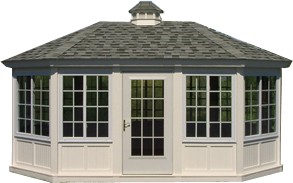 The Hip roof line is seen on many of our gazebos, and occasionally on shed or other styles of buildings. A Hip roof has a ridge that does not go all the way to the gable end, which means it has no gable. All sides slope downwards at a fairly gradual pitch. In some cases the building may be a hexagon shape therefore making the roof come off the ridge with six sides instead of four. Since this roof has no gable end you don’t have to worry about the front of the building, this is one of the reasons many of our gazebos have a Hip roof. It gives a very even look to a structure.
The Hip roof line is seen on many of our gazebos, and occasionally on shed or other styles of buildings. A Hip roof has a ridge that does not go all the way to the gable end, which means it has no gable. All sides slope downwards at a fairly gradual pitch. In some cases the building may be a hexagon shape therefore making the roof come off the ridge with six sides instead of four. Since this roof has no gable end you don’t have to worry about the front of the building, this is one of the reasons many of our gazebos have a Hip roof. It gives a very even look to a structure.
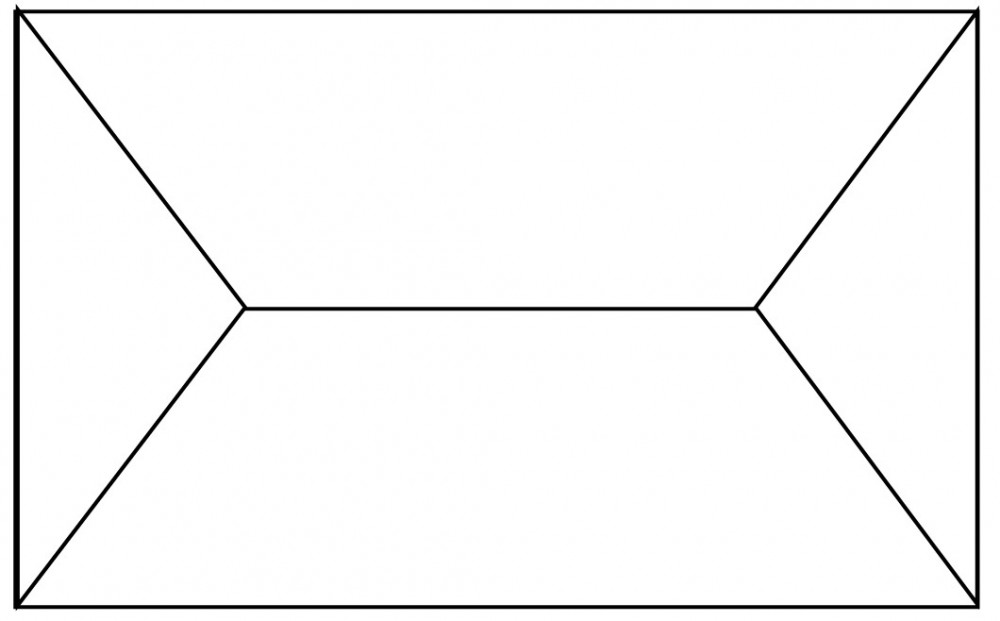
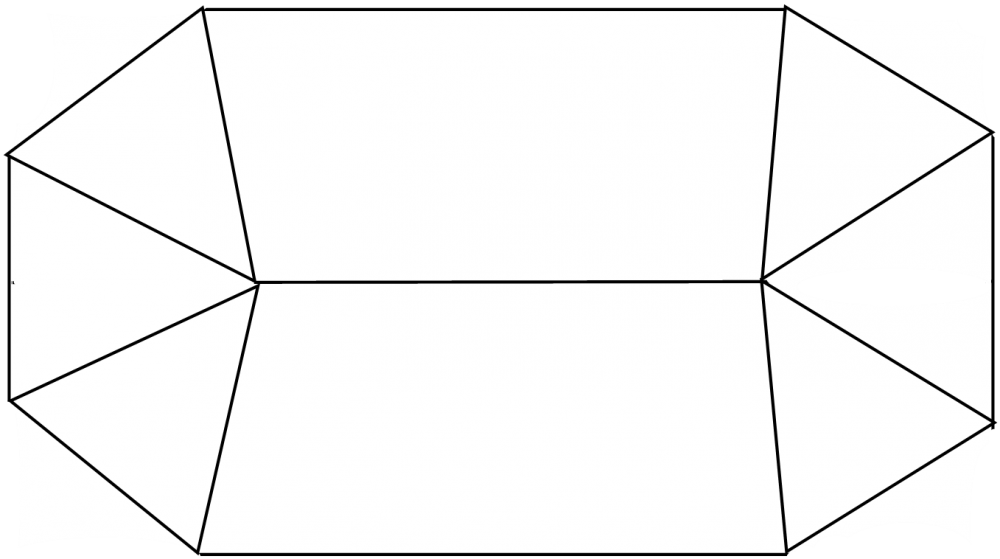
Monitor –
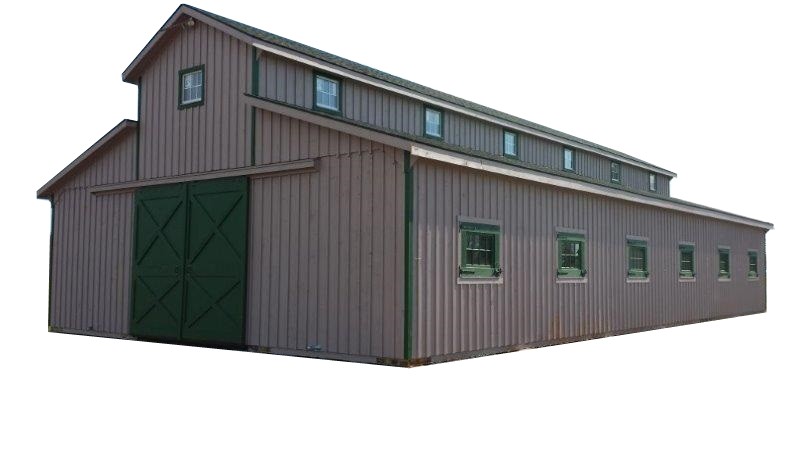 The Monitor style roof line is a wonderful design. It allows light and ventilation into the loft area of a barn or garage. Windows can be placed along the side wall of the upper level. When they are constructed they come built in three separate sections and are assembled on the customers foundation or pad. The roof on the loft portion is a steeper pitch where the roof on
The Monitor style roof line is a wonderful design. It allows light and ventilation into the loft area of a barn or garage. Windows can be placed along the side wall of the upper level. When they are constructed they come built in three separate sections and are assembled on the customers foundation or pad. The roof on the loft portion is a steeper pitch where the roof on 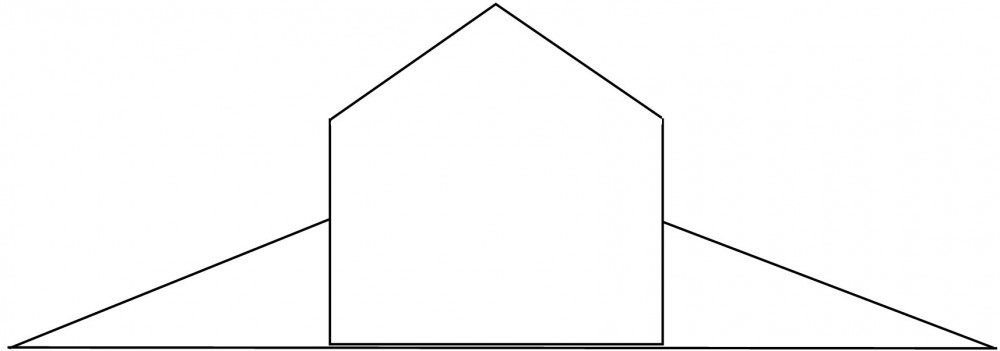 the side sections are less of a pitch.
the side sections are less of a pitch.
Quaker –
The Quaker roof line is an asymmetrical roof if you are looking at the gable end of the building, it is also known as saltbox or carriage style. The peak of the roof is about a 1/3 of the way back from the front of the building. This is a great option for someone who would like to put their door on the soffit side 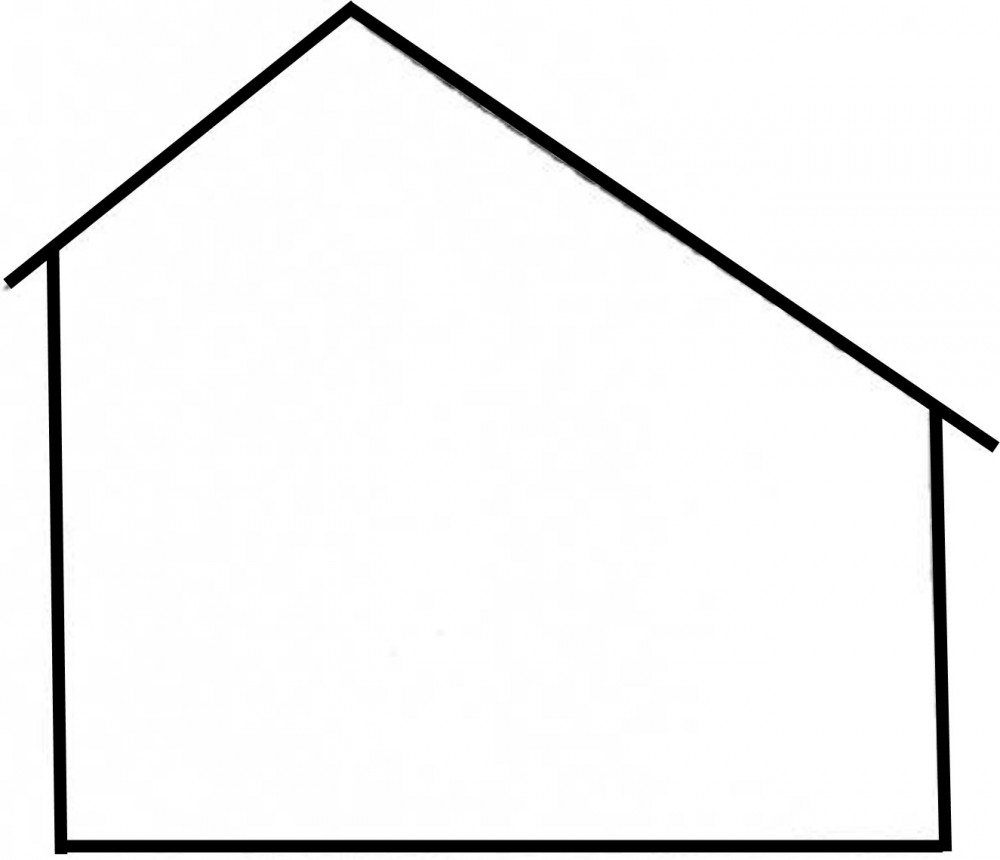 of the building. The walls on the front of the building are taller than on the back, which offer a nice overhang feature. This is also a wonderful style building if you would like to put double doors on the gable as well as the soffit.
of the building. The walls on the front of the building are taller than on the back, which offer a nice overhang feature. This is also a wonderful style building if you would like to put double doors on the gable as well as the soffit.
Considering Roof Pitch –
When Considering roof pitch you have to think of a few key factors. When a contractor mentions pitch they are talking about the steepness of the roof. A 3 pitch roof would be considered a low profile for every 12″ of run (Horizontal) there is 3″ of rise (Vertical) making it a very small angle. Where a 12 pitch would be for every 12″ of run there is 12″ of rise making the angle very large thus creating a steeper pitched roof. With a low profile roof the snow will have a harder time sliding off the roof than a 12 pitch roof. Something else that can help with snow shed is upgrading to a metal roof. A steeper pitch will also give you the option of a loft or a vaulted ceiling in your building.

